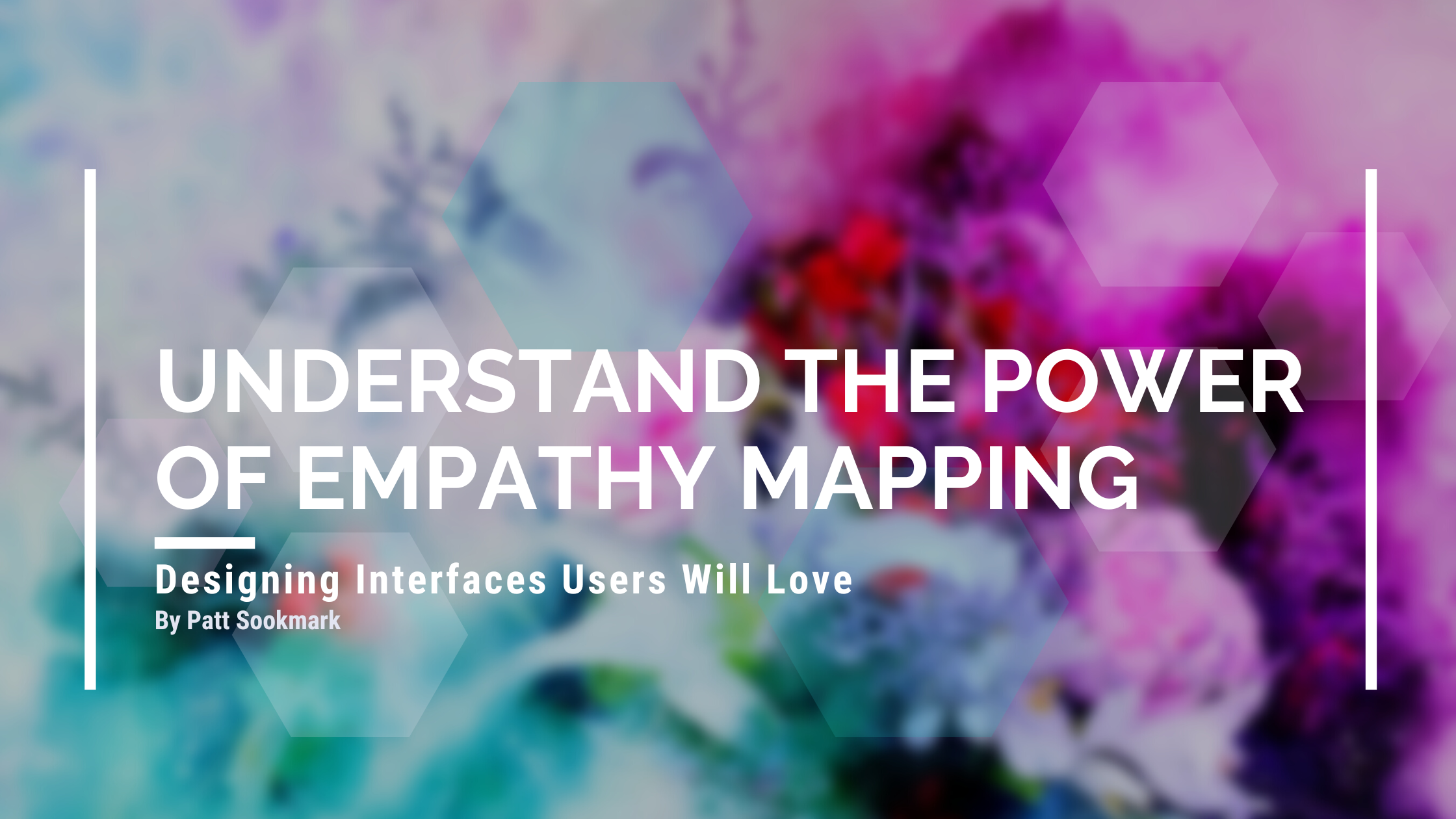 You know what’s cool? Empathy mapping. And guess what? It’s not just for UX designers—it’s also a game-changer for UI developers like you. Let me tell you why:
You know what’s cool? Empathy mapping. And guess what? It’s not just for UX designers—it’s also a game-changer for UI developers like you. Let me tell you why:
-
User-Centered Design : Empathy mapping helps you design interfaces that users will adore. By understanding their needs, frustrations, and goals, you can create UIs that make their hearts skip a beat. Who doesn’t want users to fall head over heels for their UI?
-
Design Decision Making : Empathy mapping gives you the power to make smart design decisions. By diving into users’ minds and behaviors, you can prioritize features, organize elements, and choose the right interactions. It’s like having a crystal ball that shows you exactly what users want.
-
Collaboration and Communication : Empathy mapping is often a collaborative process. And as a UI developer, knowing the ins and outs of empathy mapping allows you to actively contribute to discussions, share insights, and collaborate smoothly with the design team. It’s all about teamwork!
-
Contextual Design : Understanding the context in which users will use your interface is crucial. Empathy mapping helps you grasp that context and design interfaces that feel like a natural extension of users’ lives. It’s like speaking their language and fitting right into their world.
-
Iterative Design and Continuous Improvement: Empathy mapping is not a one-time thing. It’s an ongoing process of learning and improving. As a UI developer, you can keep refining your designs based on user feedback and observations, making your UI a shining star in the ever-evolving world of UX.
So, my fellow UI developer, embrace empathy mapping! It’s your secret weapon to creating user-centered UI designs that rock users’ socks off. Let empathy guide your way, and you’ll be a UI hero in no time.
Now, let’s talk about empathy mapping itself and why it’s so awesome for UX designers and UI developers alike.
Empathy mapping is a technique used in the UX design process to gain a deeper understanding of users’ needs, emotions, and behaviors. It helps designers develop empathy for the users they are designing for, enabling them to create more user-centered and meaningful solutions.
I recently took Google’s UX design course and here’s the Google’s empathy mapping process. It involves four key components:
- Say: In this step, designers focus on capturing what the users say—both in direct quotes and paraphrased statements. This can be gathered through user interviews, surveys, or other forms of user research. The goal is to gather insights into users’ expressed needs, desires, pain points, and goals.
- Think: Here, designers try to uncover the thoughts and beliefs that drive users’ behaviors. This involves identifying users’ assumptions, expectations, mental models, and underlying motivations. Designers can infer these aspects by analyzing user feedback, observing their actions, and considering the context in which they use the product or service.
- Do: This step involves understanding the actions and behaviors users exhibit in relation to the product or service. Designers observe and document the specific tasks, interactions, and behaviors that users engage in while using the product. This helps identify pain points, areas of confusion, or usability issues that need to be addressed.
- Feel: The last component focuses on capturing the emotional aspect of users’ experiences. Designers seek to understand the range of emotions users may feel when interacting with the product or service. This can include positive emotions like joy and satisfaction, as well as negative emotions like frustration or confusion. Understanding the emotional landscape of users helps designers create more emotionally engaging and enjoyable experiences.
Link to Google Empathy Map Template
By creating an empathy map, designers can synthesize and visualize the gathered information, making it easier to identify patterns, trends, and insights about the users. This understanding then informs the design decisions, helps prioritize features and improvements, and guides the overall user-centered design process. UI developers that understand the empathy mapping process can contribute to creating user-centered interfaces that meet users’ needs, enhance usability, and deliver a positive user experience. It helps bridge the gap between design and development, ensuring that the final product aligns with users’ expectations and goals.